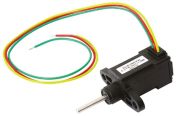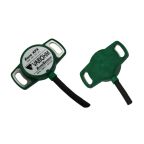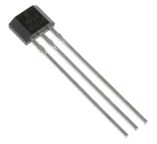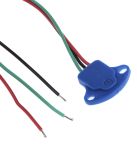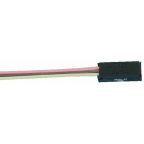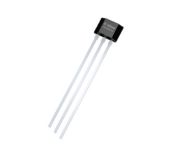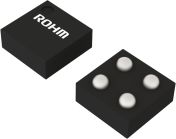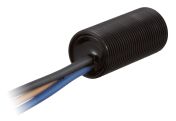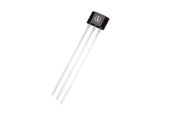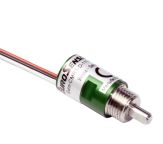Hall Effect Sensors
Due to their ability to sense electromagnetic fields, hall effect sensor have a variety of uses in electronics and machinery applications. They are often used in conjunction with external magnets to trigger a number of desired outcomes, such as proximity sensing and as position sensors. They are found in a number of devices such as computer keyboards and fuel gauges in automobiles. Hall effect devices are used in many industries where reliable, contactless sensing is desired, with countless applications in measurement and switching.
How do Hall Effect Sensors Work?
Often referred to as hall sensors, these sensors are commonly used in switches. As the sensors are activated by external magnetic fields, they rely on the hall effect to trigger switches rather than relying on contacts physically touching. Contactless switching leads to reliable, quick-acting and very long-lasting operation, and so hall effect switches are often used in challenging industries.
There are 2 different types of hall effect sensors, linear output sensors (or analogue) and digital output sensors. Linear sensors use a continuous voltage output that increases or decreases dependent on the magnetic pull from the magnetic field. Digital output has a bistable current that increases or decreases the output when the voltage rises and falls to different levels.
The RS range of Hall Effect Sensors includes bipolar and unipolar sensors of varying ranges and output types, from trusted brands such as Honeywell, Cherry, TE Connectivity and our own RS PRO brand.
Popular Searches
Related links
- Honeywell Through Hole Hall Effect Sensor 3.8 → 30 V dc, 30V
- Honeywell Cable Mount Hall Effect Sensor 4 → 24 V dc 30V
- Infineon Through Hole Hall Effect Sensor 32 V
- Honeywell Through Hole Hall Effect Sensor 4.5 → 10.5 V dc
- Honeywell Through Hole Hall Effect Sensor 6.6 → 12.6 V dc
- Infineon SMD/SMT Hall Effect Sensor 3.5 → 32 V, Flat Body
- Baumer Panel Hall Effect Sensor 28 V dc 28V
- DIS Sensors Hall Effect Sensor Block Body

